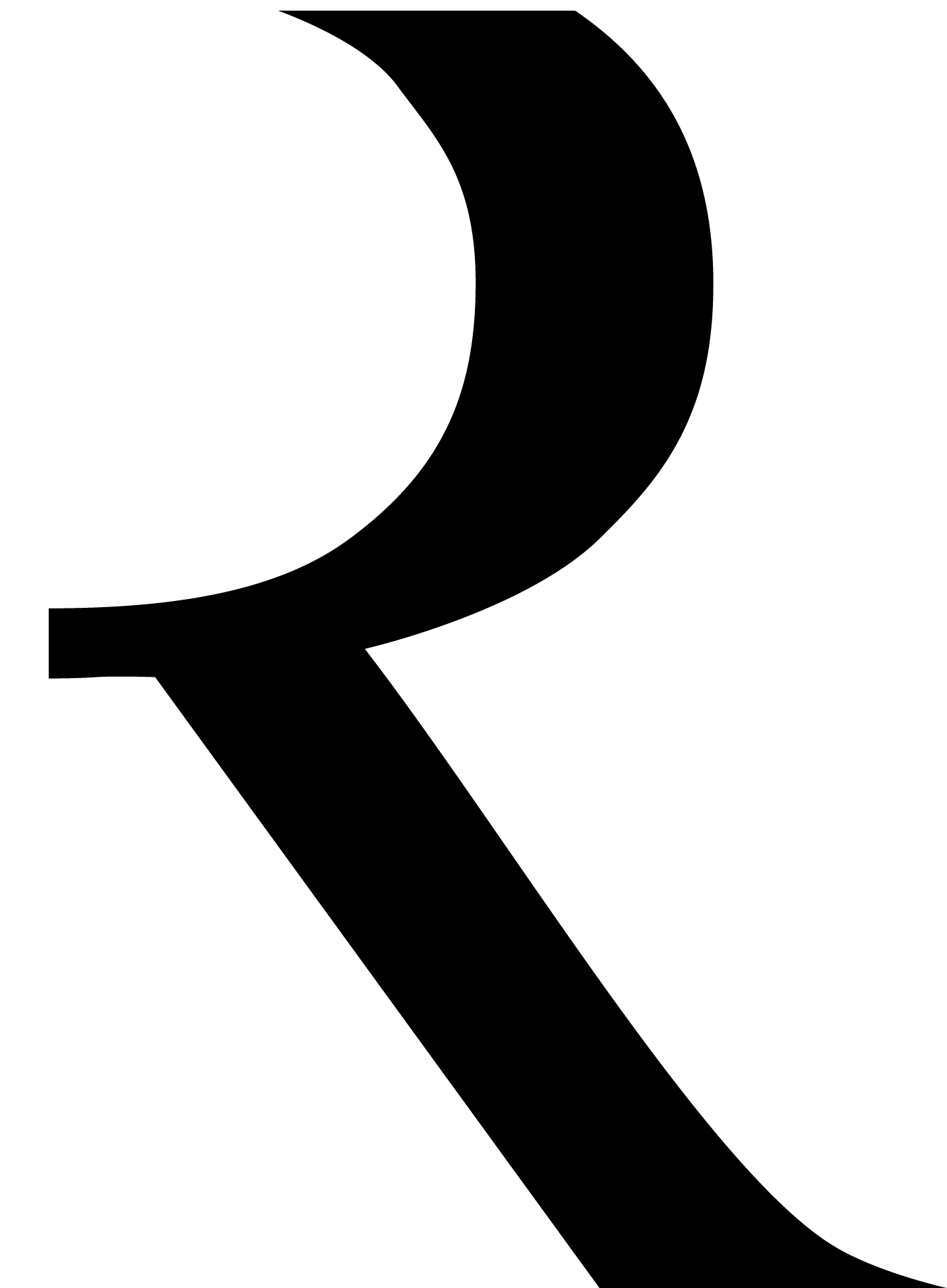Carl Andre
Carl Andre was born on 16 September, 1935 in Quincy, Massachusetts. He is a preeminent member of the Minimalist Art movement recognized for his orderly linear format and grid format sculptures. His works range from large public pieces to more intimate tile patterns lying on the floor of an exhibition space.
Andre attended high school at Philips Academy in Andover, MA, where he studied art, and briefly attended Kenyon College, in Gambier, OH, before traveling abroad to England and France in the middle of his college years. After working in North Carolina for the United States Army Intelligence, he moved back to New York City, where he spent his time sculpting and working as an editorial assistant for a publishing company. Andre was first asked to exhibit his work in 1964 in the Hudson River Valley area of New York, where the reduced geometric vocabulary of his work gained critical attention. Andre’s first sculptures were inspired by the work of Constantin Brancusi and Frank Stella, with both of whom he was acquainted. His simple cubes and panels, laid flat on the floor, were made from wood, lead, limestone, copper, and other industrial materials. Andre neither carves into substances nor models forms, but rather positions raw materials based on ‘the principle of masonry construction’—like stacking up bricks to build a wall. He attempted to invoke the pure essence of artistic form through repeating units with a studied, reduced, and stark feel. In addition to small-scale sculptures, Andre has also created many large-scale public pieces, published a book of poetry, and exhibited his work at numerous international institutions including the Solomon R. Guggenheim Museum and the Museum of Modern Art in New York City, the Martin-Gropius-Bau in Berlin, and the National Gallery of Art in Washington, DC. Andre currently lives and works in New York City.
From the late 1960s onwards, Andre's art became an important reference point for many subsequent artists both in North America and in Western Europe - largely because he was seen to have reduced sculpture to its essential state. Many sculptors took his insights as the starting-point for their own practice, and built up from the principles which Andre had laid down.


